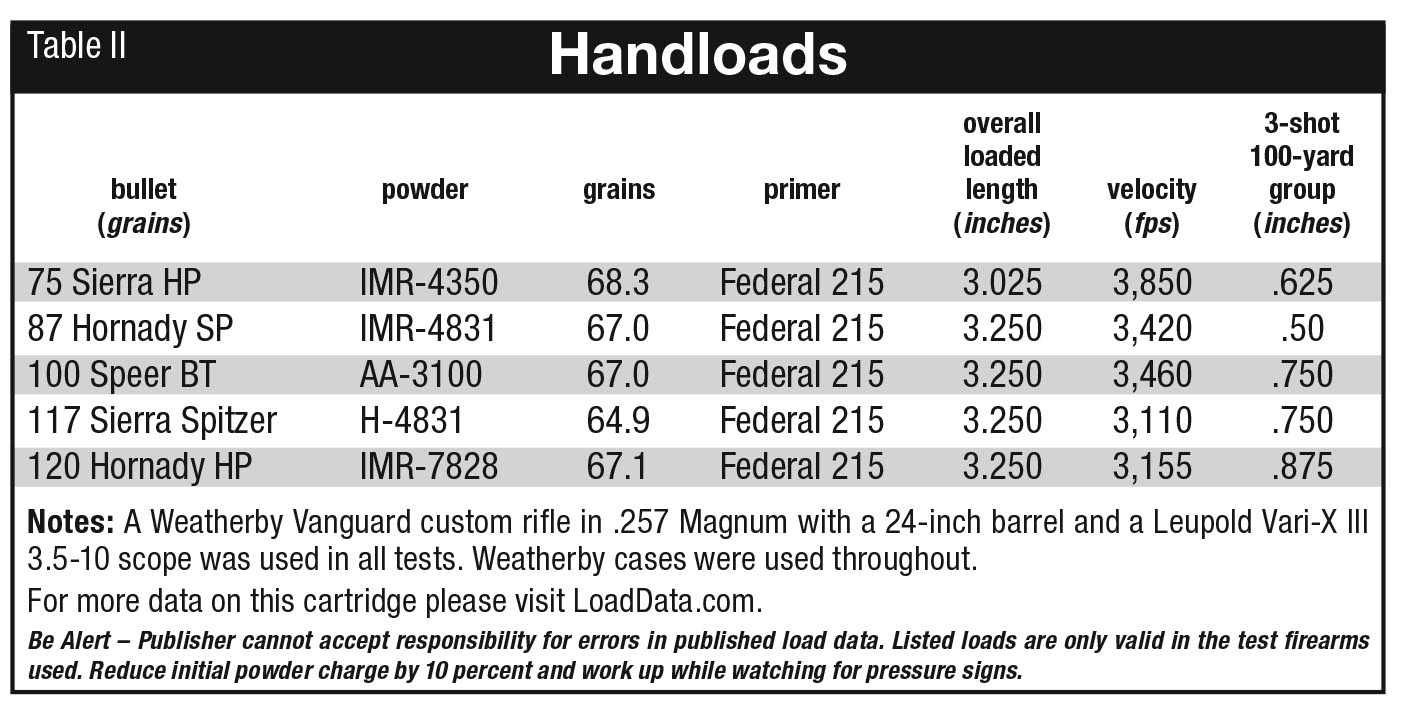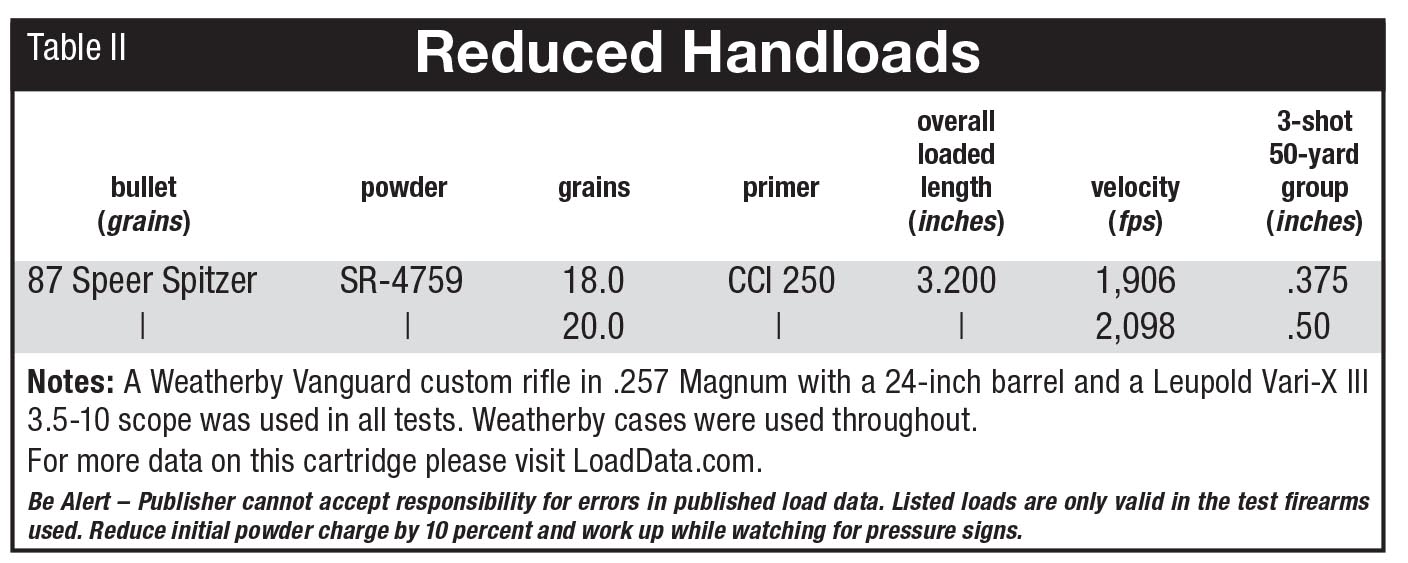The .257 Weatherby Magnum
For plains game, there simply is no other
other By: Stan Trzoniec | January, 26
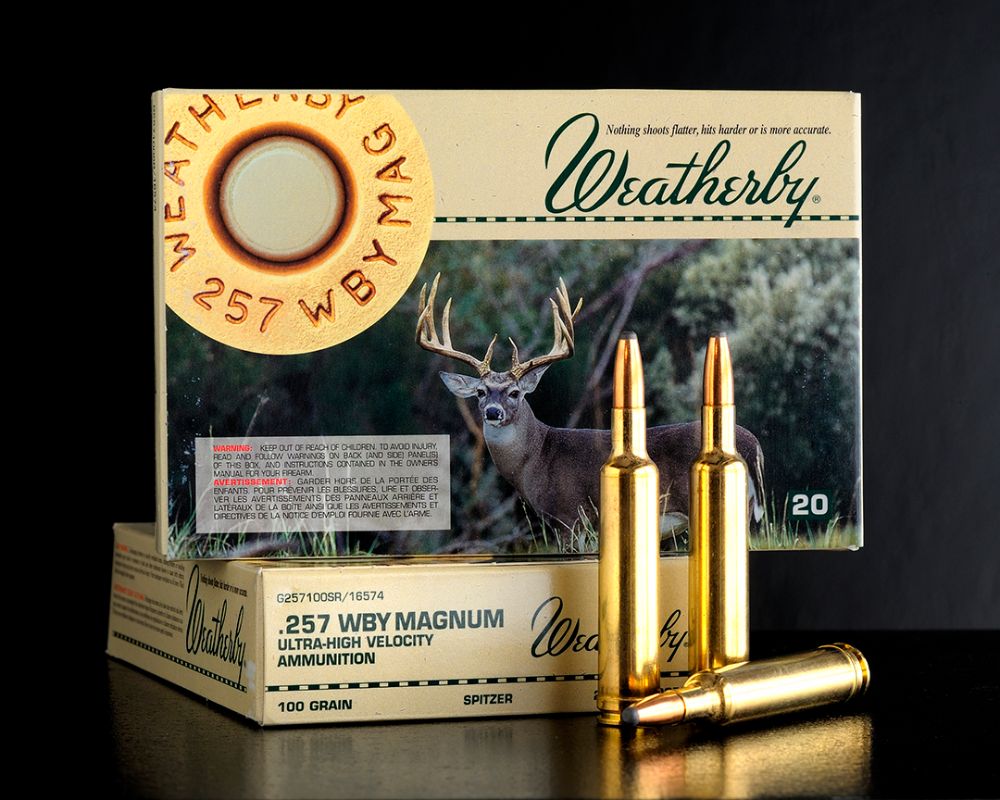
In talking with Ed Weatherby some time back, our discussion naturally gravitated
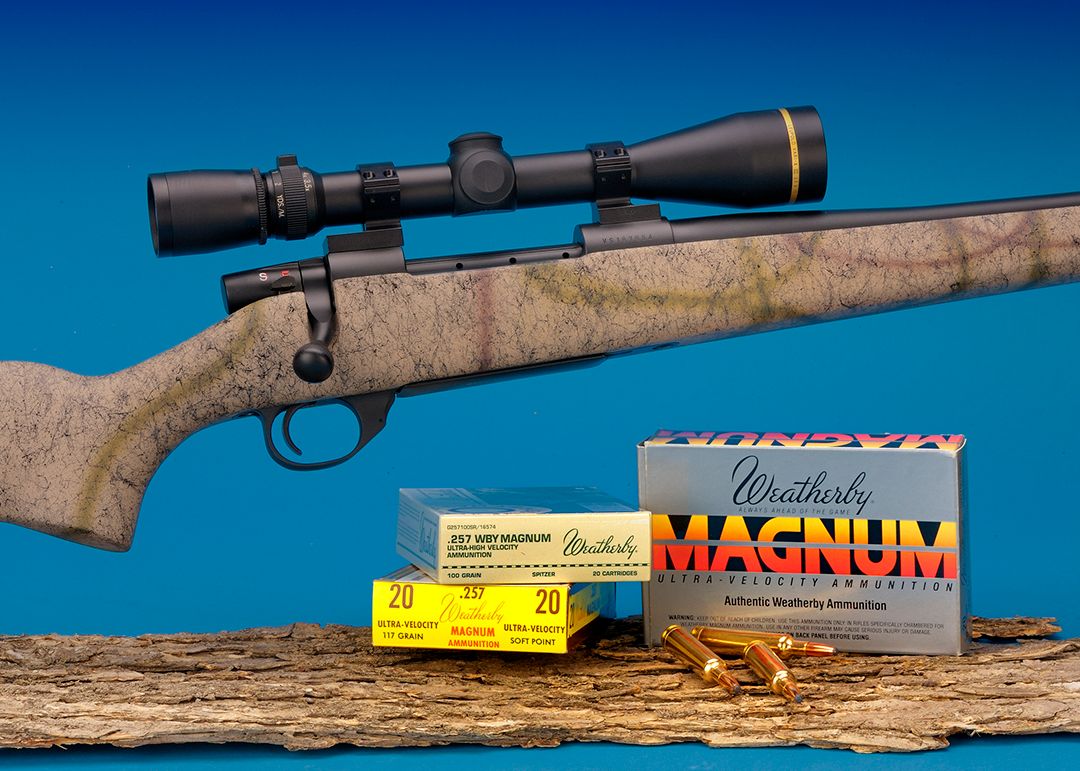
Right away, I was in good company. Over the years, most any .25 caliber gun was a preferred cartridge of mine on frequent hunts out West. On these forays for antelope, mule deer and an occasional long-distance varmint, like others I started with the .250 Savage. The .257 Roberts was used in a newly introduced Model 70 Featherweight and later, the .25/06 Remington got the nod more often than not. However, it was not until I was introduced to the .257 Weatherby that my idea of what a quarter bore should be about.
First, like others in the hunting fraternity, the rifle was the main draw. I always liked the look and feel of a finely-finished rifle, and the Weatherby brand hit that right on target. The wood, the polish, bluing, and that “just right feel” when I hefted the rifle and shot it, I felt like I had a custom rifle in my hands. The .257 was not my first Weatherby, that belonged to a special order rifle in the 7mm Weatherby Magnum that I would use later for larger game.
For a starting point, and speaking to Roy at shows and what I’ve read of his accounts in books, the .257 was developed in 1943
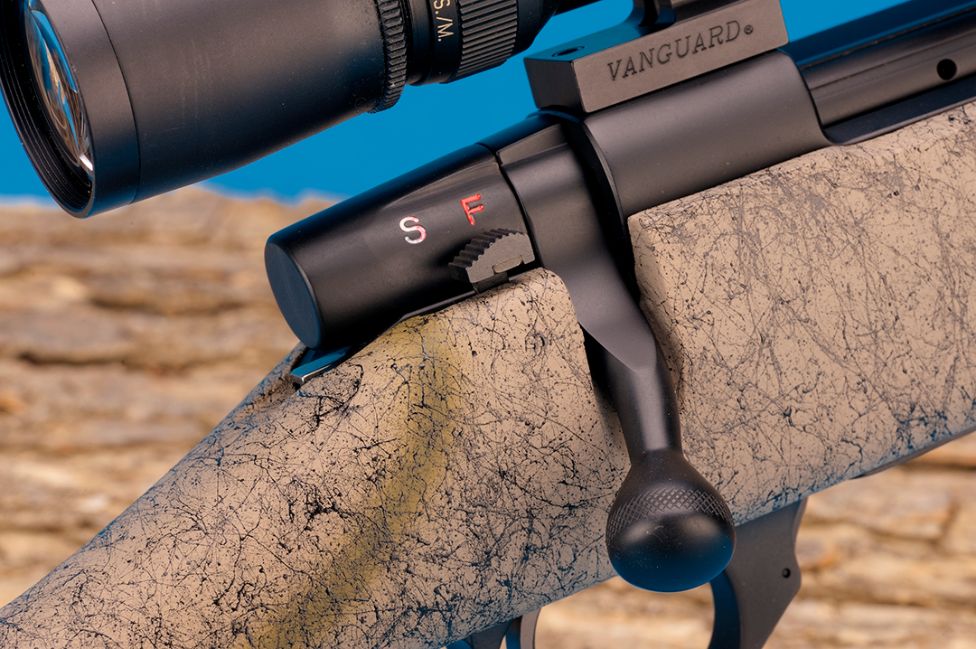
and then starting out big-time in 1945, he had the .220 Rocket, .257, .270 and .300 Weatherby Magnums. Armed with the theory that lighter bullets traveling at higher velocities would not only shrink the trajectory but also increase power as well, he pursued the dream. His basic idea was then transferred to the .300 H&H case, shortened a bit with the now famous Weatherby double radius shoulder profile added in the process. This particular profile in turn would give the expanding gases an easier flow out of the case and would – he surmised – have a direct bearing on both velocity and accuracy. He was right of course, and to bring all of his ideas to reality, he had to make the hyper jump from converting older rifles like the Enfield’s to something more modern, much stronger and reliable. The end result was the Mark V action introduced in 1958 and later, the Vanguard in 1970. Both have been engineered to handle the most powerful cartridges the Weatherby’s ever developed, right up to the big magnums.
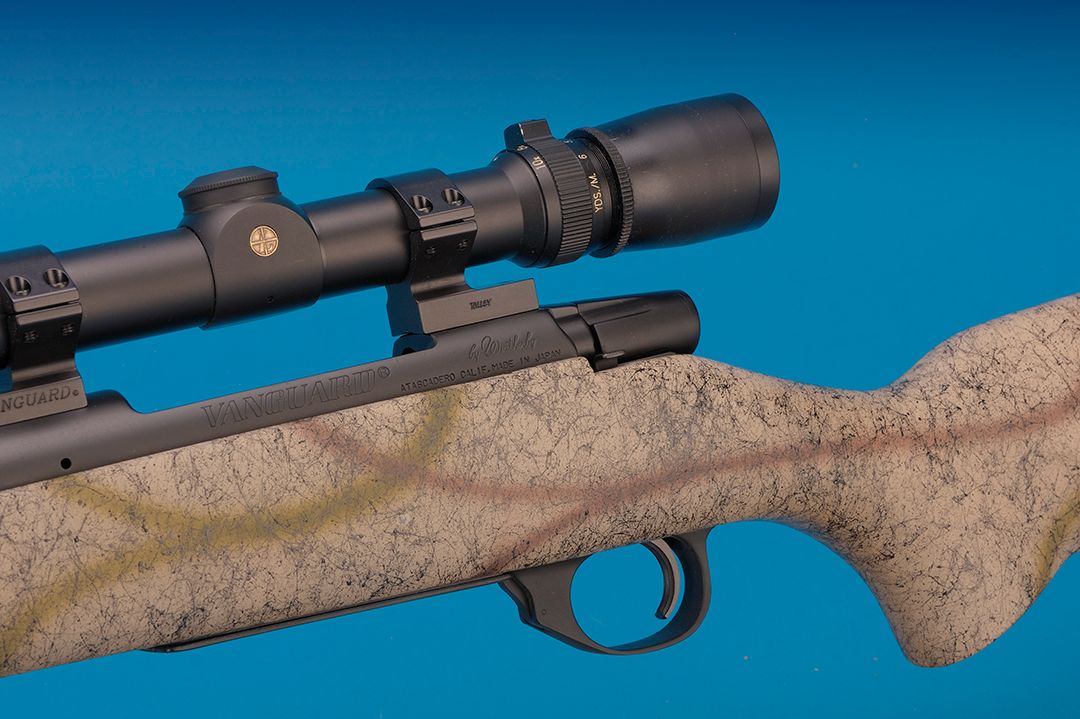
Keep in mind the Vanguard is not meant to be a substitute for the more expensive Mark V, but a worthy addition to the line, and in fact, much to the chagrin of the older Weatherby, the Vanguard outsells the Mark V even today. For those on a tighter budget, but who still want to be part of the Weatherby family, this rifle is available in a wide range of models with select wood or perhaps a more modern, weather-resistant stock. While I do have a few of the Mark V’s chambered for the .257 WM (Weatherby Magnum), the thought of getting a Vanguard through their Custom Shop was certainly appealing and chambered for this high-stepping .25 caliber entry, became a distinct possibility.
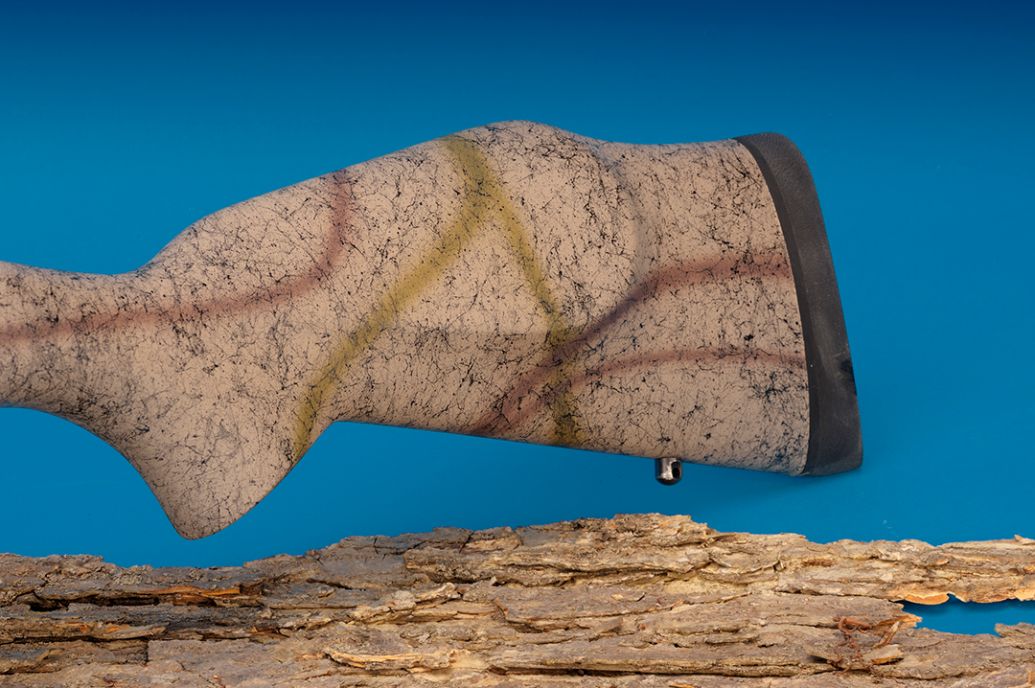
The die was set and in went the order. To make the gun a standout and weatherproof at that, I ordered a synthetic tan stock with black spider webbing – all in a desert camouflage motif. As shown in the accompanying photos, the stock design is pure Weatherby with its high comb, cast-off for right-hand shooters and forearm that mimics the higher priced Mark V. Inletting is perfect all-around and the stock with its textured finish is devoid of checkering. When it came to the action and the 24-inch sporter weight barrel, the shop added a black Teflon coating. Prior to shooting, a Leupold Vari-X III 3.5-10 40mm scope was cinched down in Vanguard/Talley rings. The gun was ready for the long haul when the time came.
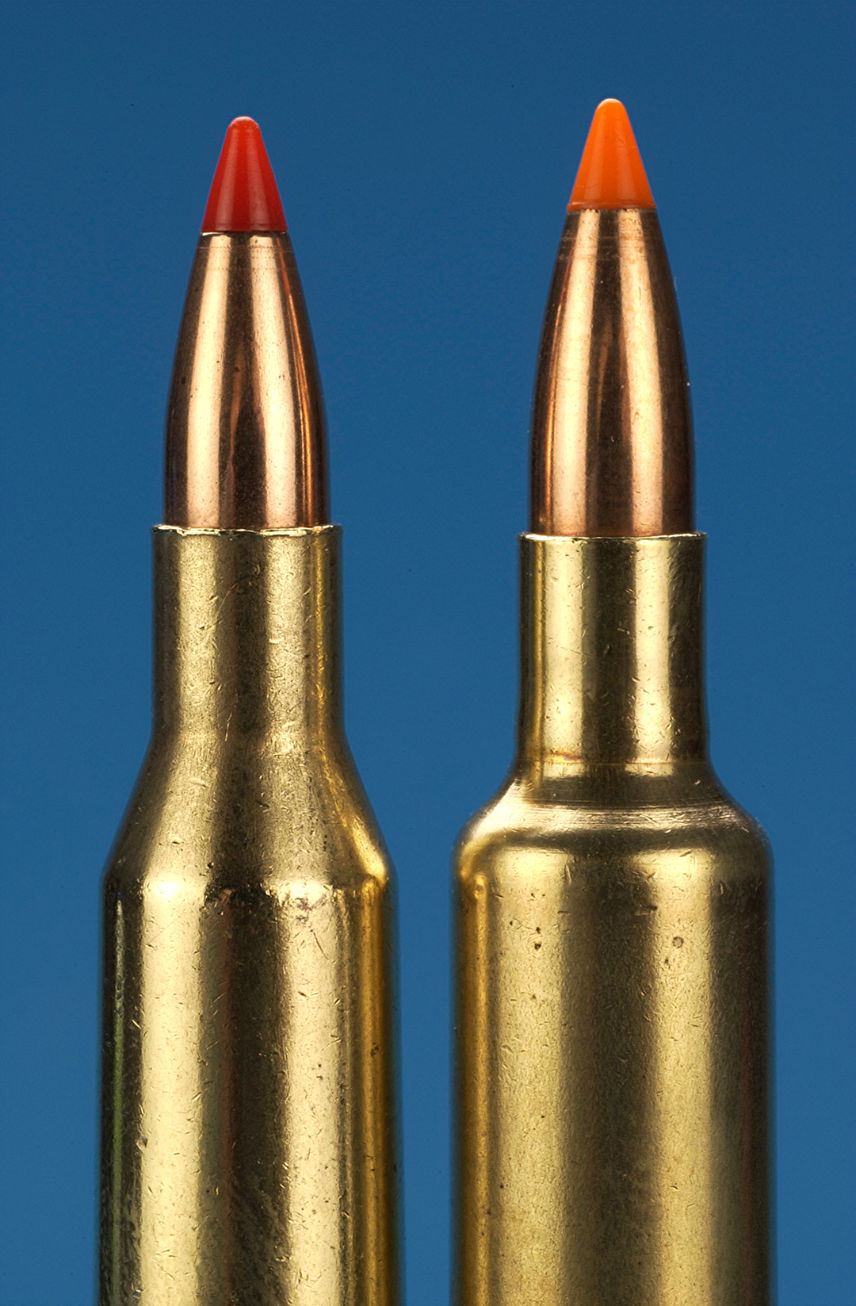
Weatherby’s Vanguard is one heck of a rifle. Right now, in paging through the catalog, the gun is made in 19 different models from the look-alike Mark V Deluxe to the up-to-date LazerGuard, Sporter, Safari and the Camilla for the ladies. Following that, and since the synthetic stock seems to be the gun of choice today, there are more than a dozen models in just about every stock design and configuration. In addition, since we are talking about the .257 Weatherby Magnum here, it is chambered in 10 models; over 50 percent of the Vanguards built today. Furthermore, in this model year, more Vanguards have been introduced with state of the art, lightweight stocks and high-tech actions. With prices starting under $600, shooters can be ready for the field in no time and at a very reasonable cost.
For features, all Weatherby rifles are guaranteed sub-MOA accuracy at 100 yards with factory ammunition. They come equipped with a match quality two-stage trigger, cold hammer forged barrels, an integral recoil lug and a hinged floorplate or a detachable magazine depending upon the model. Some models have a threaded barrel for accessories and all rifles come with a proprietary Vanguard recoil pad. The action is solid, and the bolting consists of a twin locking lug bolt complete with flutes, venting for the possibility of an overloaded rogue cartridge, a plunger ejector all combined with a blade extractor for no fail operation in the field. My gun was put together so nicely that just tipping the gun with an open bolt allowed it to follow to the rear of its stop.
When choosing a gun, we can now detail the “darling” of the Weatherby ammunition line – the .257 Weatherby. While factory ammunition is available in seven varieties from the 80 grain Barnes TSX (3,870 fps) to the 120 grain, Nosler Partition (3,305 fps), cost factors from $44 to $99 per 20 rounds will certainly enter the picture for many hunters. On the other hand, if you have deep pockets, accuracy borders on this side of phenomenal with groups never venturing to the dark side over an inch or less at 100 yards. Additionally, factory ammunition is available from Nosler, Hornady, Norma and the Federal Custom brand. It’s obvious now how popular the .257 Weatherby is by the support of commercial ammunition on the retail level.
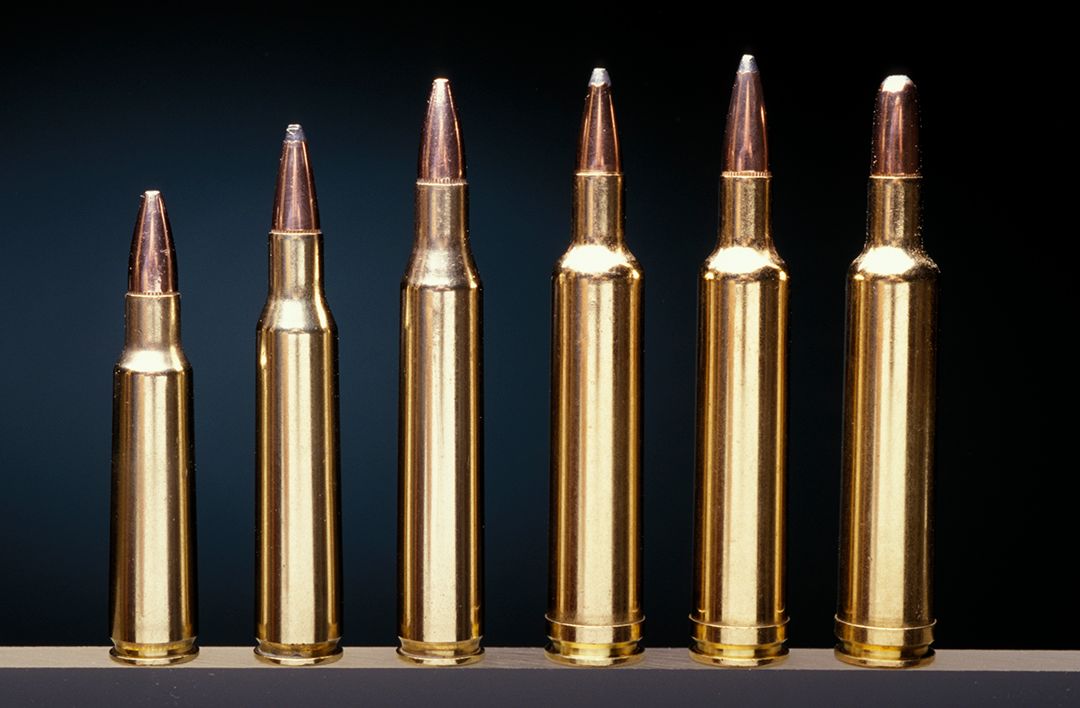
Obviously, the next stop is handloading of which the .257 WM is easily adapted to for all hunting chores. When handloading, fresh brass can be had from Weatherby, Hornady, Norma or Nosler with a cost per 20 cases ranging from $21.00 to $33.60 depending upon the manufacturer. Being in the ilk of the .25 caliber, bullet selections seem to outnumber those in other calibers in weights from 75 to 120 grain in designs and from a multitude of manufacturers that will only make shooter’s hearts beat faster. The thinking out there is that this might be a cartridge for varmints that will not get you far. I’ve tried it in the field and even for the infrequent targets to aim at here in the East, the muzzle blast, while not at all punishing, is there without question but it does get tiring. Keep in mind that while the .257 WM is not a woods cartridge, to me it is not a small game/varmint cartridge per say with minimum bullet weights of 75 grains, and finds its niche on the wide-open fields in the East and the western plains for larger game.
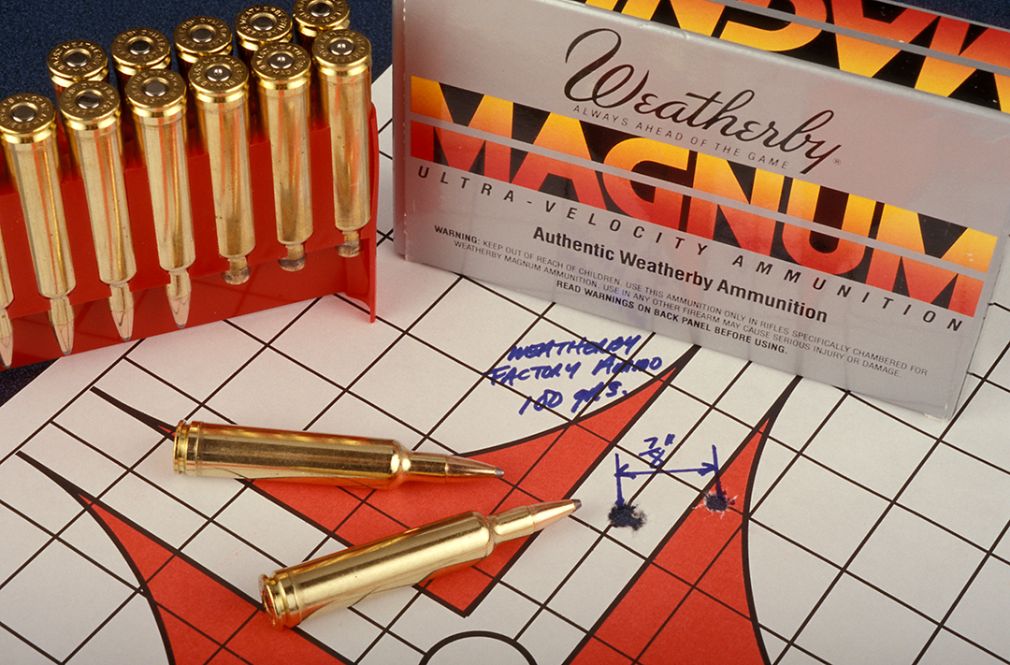
With around 83.0 grains of water, this cartridge needs plenty of fuel in the tank to get going. Over time, the consensus here is to stock the so-called slow burning stick powders for your needs. When Roy was printing the Weatherby Guide, he included loading tables in the back for venturing reloaders. The loads were accurate and to this day, his minimum loading of 68 grains of IMR-4350 with the 87-grain bullet seems to be above the maximum load in most loading manuals with the exception of IMR-4831, which is listed at 66.6 for 3,600 fps. His testing gave him 3,698 fps in a 26-inch barrel; my loads came to 3,420 fps with 67.0 grains in a 24-inch barrel, while Hornady lists 64.4 for around 3,600 fps with IMR-4350.
His powder choices were right on the money with IMR-4350, IMR-4831 and Norma 205 and still have creditability today. Presently our choices range even wider with Winchester 760 (fastest) to MAGNUM (slowest) for use with heavier bullets.
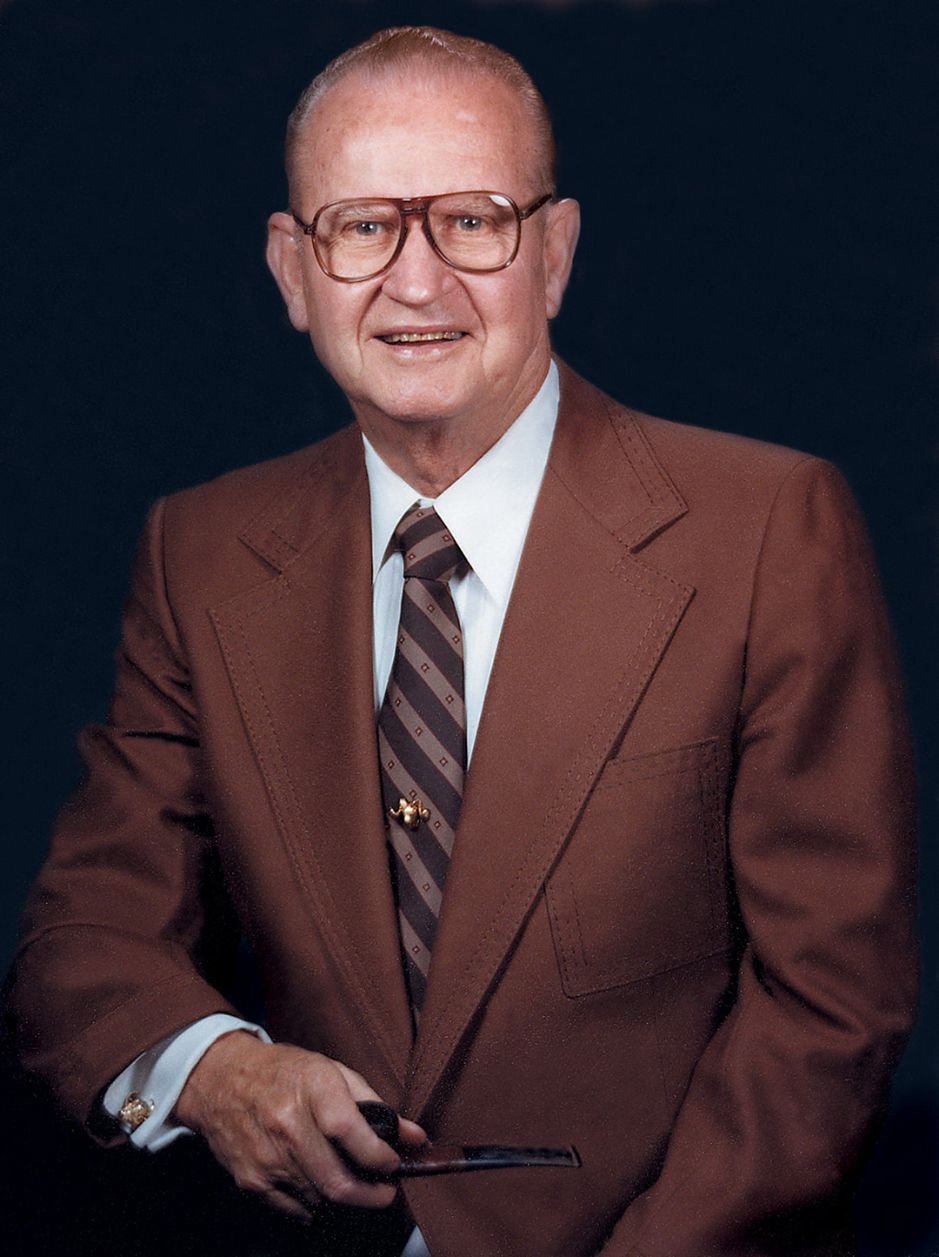
Where to start? I would load up on IMR-4350 and IMR-4831 as this pair will take care of 99 percent of your loading chores from the 75 to 120 grain bullets. Add some IMR-7828 and MAGNUM and you will have enough propellant for a lot of testing at the range. I’ve had good
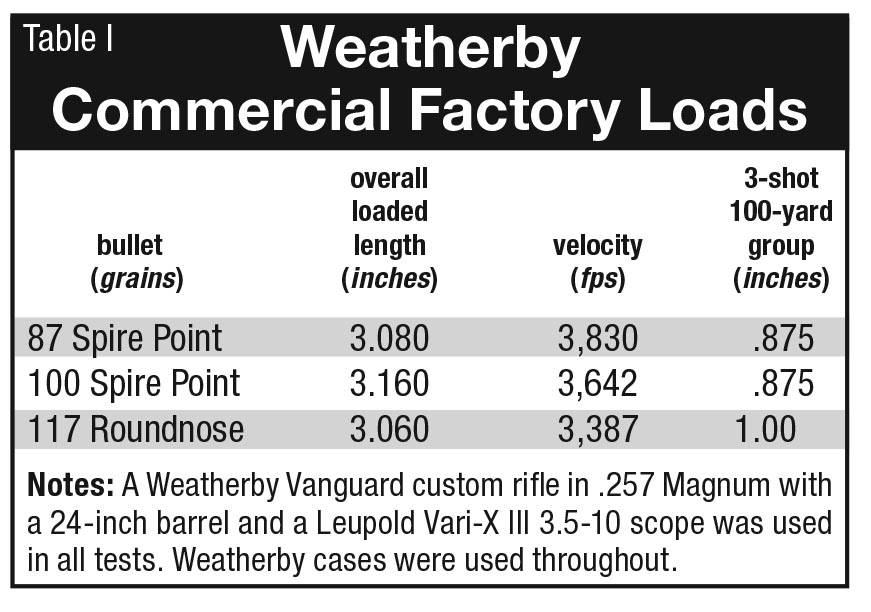
luck with some reduced loads for fun with SR-4759, but being discontinued, a handloader might be lucky to still might find it at some of the larger box stores. When filling cases, I find it advantageous to drop charges within a grain of two of the stated load, then “trickle” or top off the load from there. For ignition, the use of Federal’s 215 Large Rifle primer is still recommended.
There is nothing difficult about loading a larger case like the .257 WM and the usual equipment like a good press, scale, case trimmer and a good set of dies. I use Redding’s Deluxe Die Set (#84226), which includes not only the customary full-length sizing die, but a precision neck sizer as well. Once you have a bunch of once-fired cases, just neck size from there for the best in accuracy potentials. My drill is that once I amass a quantity of once-fired brass, I smoke the neck and shoulder with the soot from a candle and in that way, I can monitor the case, neck and shoulder as it does its thing within the confines of the die. After sizing, check the overall length as not to exceed 2.549 inches with a trim length of 2.539 inches.
Over the years, I’ve shot the .257 Weatherby more times than I can remember, and the table with this article lists some of my favorite loads taking note of the 3-shot groups. Interesting to note is that for the most part, these loads have been loaded many times and used in different Weatherby rifles. Naturally, the results are not all the same, but on average, groups have been very consistent from one rifle to the next. The groups and velocities shown in the table are from both a Vanguard Custom that I highlight in this article and a Mark V Deluxe.

For an example of what this cartridge is capable of, for antelope or mule deer, a bullet in the 117-grain range is perfect and with my Sierra spitzer with 64.9 grains of H-4831, groups under an inch at 3,110 fps are a good choice. Looking back on previous testing with various rifles, all of the handloads will group under an inch proving the .257 Weatherby falls behind no one when it comes to performance. Taking this out in trajectory, I can sight the gun in for a 200-yard zero. With this in mind, at 100 yards, the bullet will rise 1.4 inches, at 300, it will drop only 6.5 inches and at 400 yards, which is the maximum for me, drops 19.0 inches. With a little holdover, I have taken game in Montana and Wyoming.
Finally, the argument between the fans of the .25/06 Remington and the .257 Weatherby is always up for debate. However, here are the facts. Looking at factory data with the 100-grain loading from Remington, we see they push this bullet to 3,230 fps with 2,316 fpe (foot-pounds of energy). With the Weatherby 100-grain loading, we are looking at 3,602 fps with 2,881 fpe. The Weatherby is ahead of the Remington by about 12 percent in velocity, in energy about 25 percent. With a 300-yard zero, the difference in favor of the Weatherby is around 3 inches when it comes to bullet drop.
The Weatherby Vanguard is one heck of a rifle for the money and chambered for the .257 Weatherby Magnum only makes it better.


